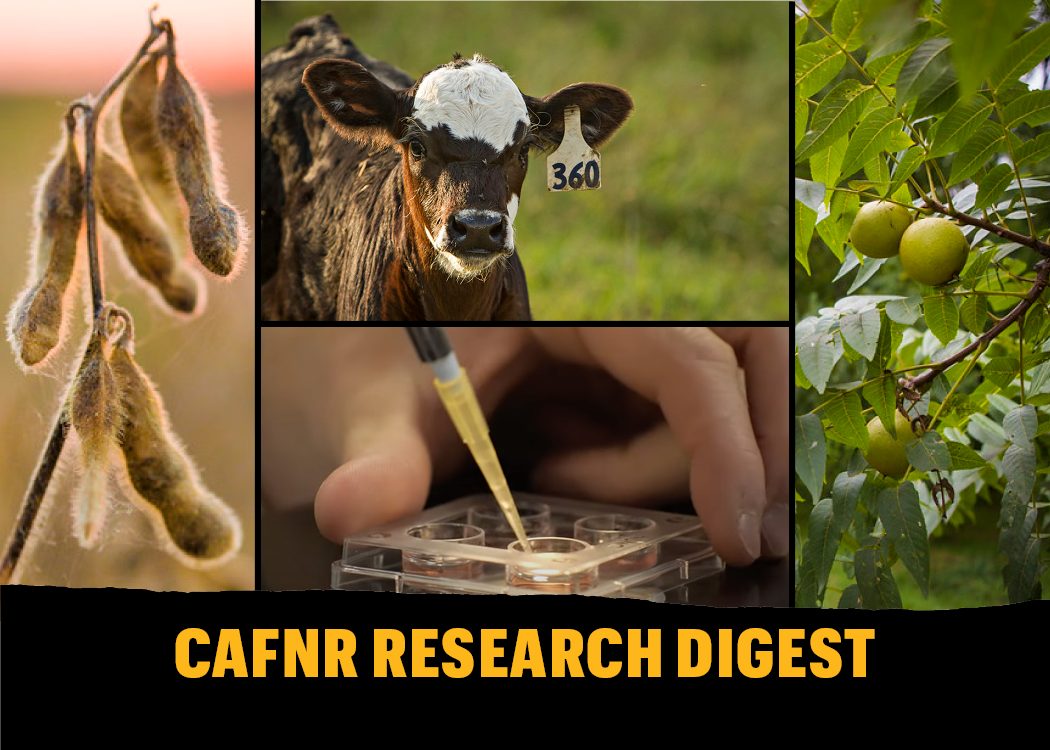|
Mizzou plant scientists identify a new gene that could strengthen soybean crops from mounting SCN resistance. Soybean cyst nematodes (SCN) cost American farmers an estimated $2 billion in yield losses each year. Since the pest’s discovery in 1954, plant scientists have worked to combat its destructive impact. Now, researchers at the University of Missouri are on the verge of a breakthrough in SCN resistance technology. “We are at the point now where we have a gene identified that we believe contains a new resistance to SCN, and, hopefully, this will lead to a new breakthrough,” said Sushil Chhapekar, post-doctoral fellow in the College of Agriculture, Food and Natural Resources’ Division of Plant Science and Technology. Chhapekar is part of a new generation of plant scientists at Mizzou working to protect U.S. soybean crops. Under Henry Nguyen’s, professor of plant science and technology, mentorship he continues the university’s long legacy of soybean cyst nematode research. “The University of Missouri boasts a remarkable legacy in soybean genetics and breeding that dates back to the 1980s,” Nguyen said. “Dr. Sam Anand evaluated more than 9,000 exotic soybean germplasm for SCN resistance Many of those lines, along with hundreds more developed by Mizzou’s soybean program in the last 15 years, have contributed to the SCN resistance currently available.” |
